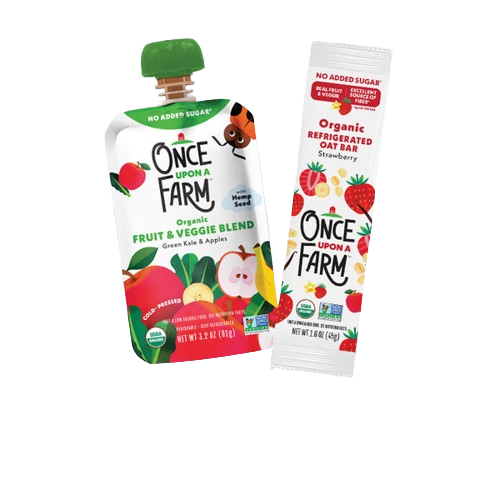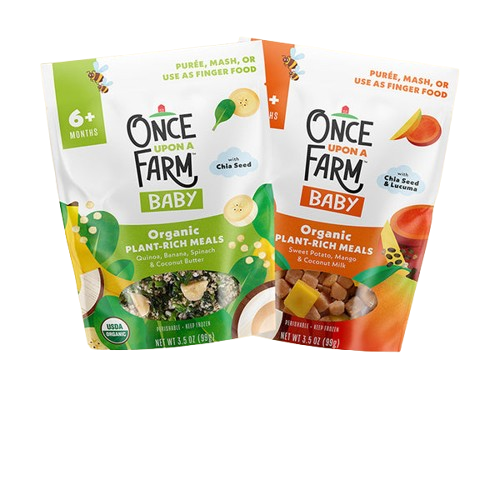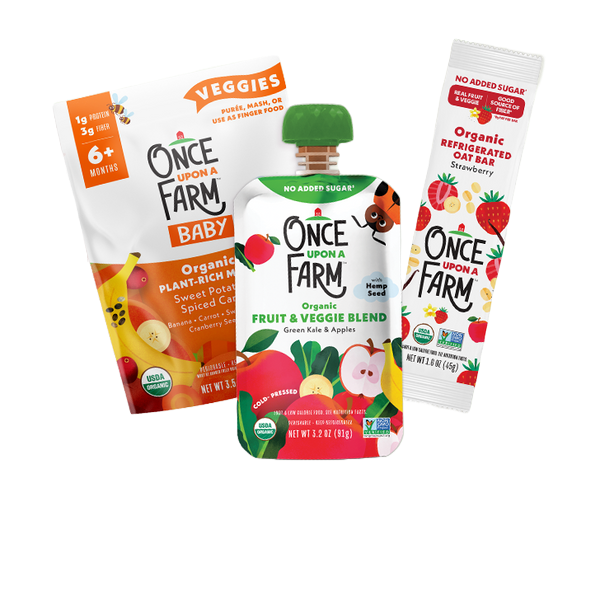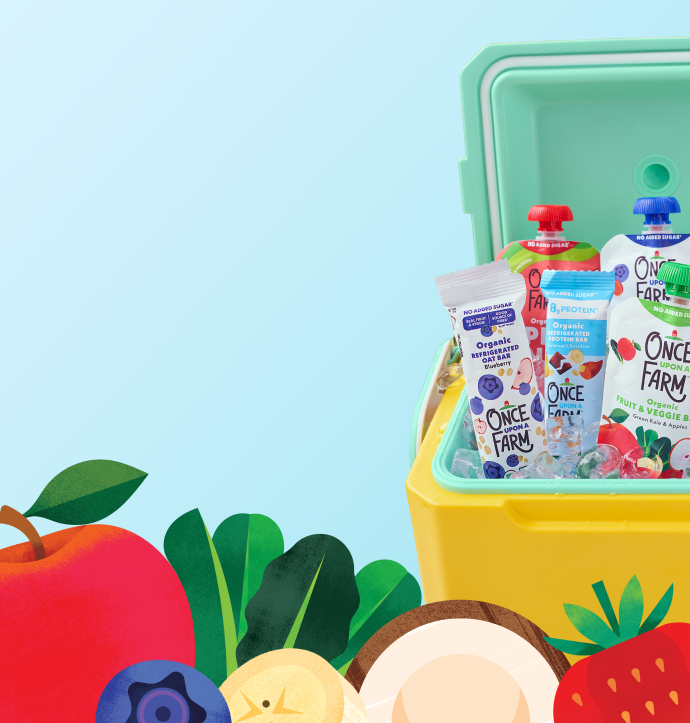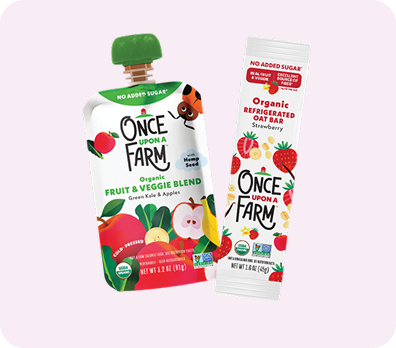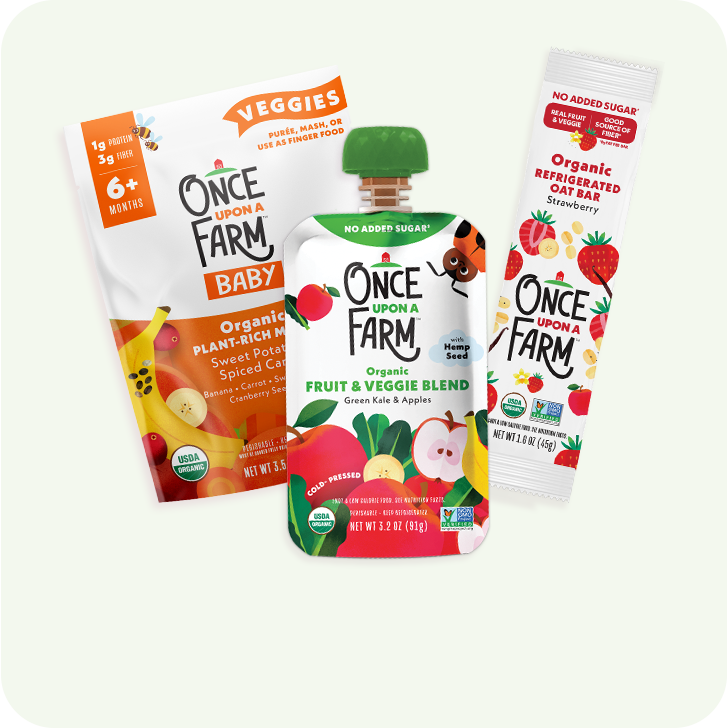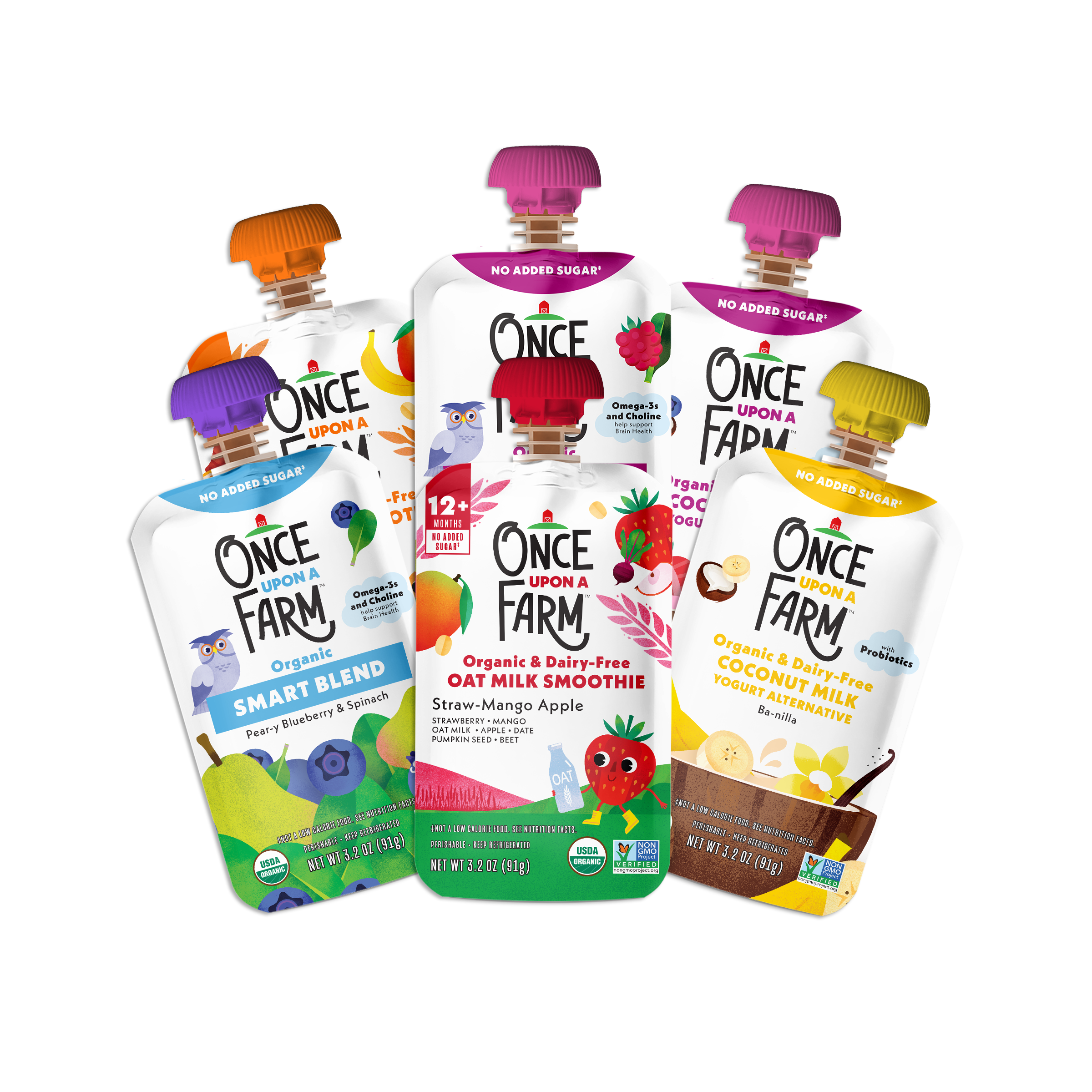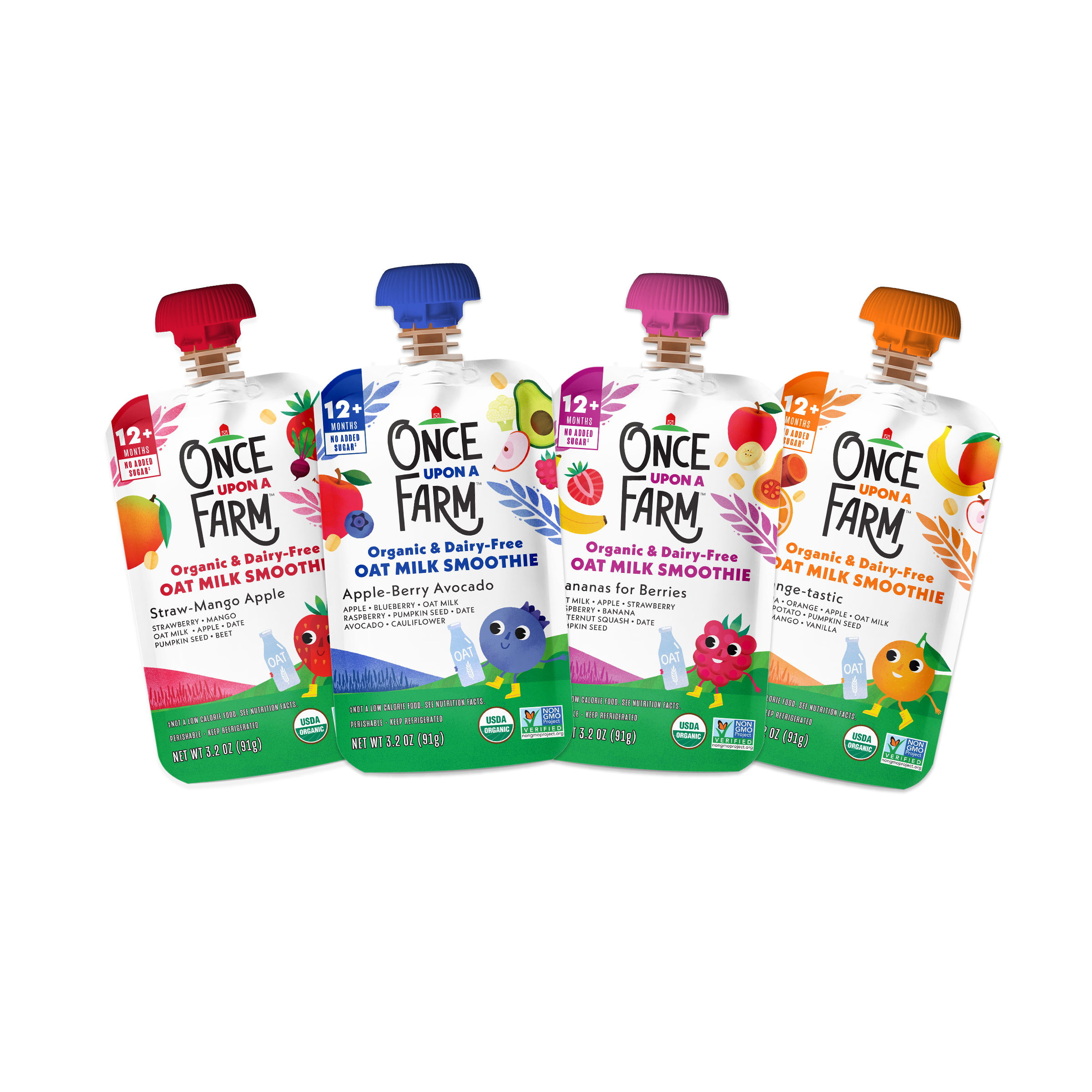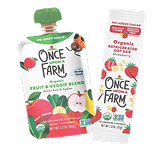Note: This blog is not medical advice and is for informational purposes only. For any specific nutrition recommendations or questions, please refer to your child’s pediatrician or healthcare provider.
Fiber. We know we need it. We know our stomachs feel better when we eat it. And, for most of us, that’s where our knowledge ends. So, why is fiber so important? What about fiber for kids? As parents, the better we understand the building blocks of nutrition, the better we can teach—and feed—our kids.
To help us figure out the fuss about fiber, we spoke with microbiome expert Suzanne Devkota, PhD and kids’ dietician Kacie Barnes, MCN, RDN, LD (@mamaknowsnutrition).
What Is Fiber?
Dietary fiber serves many important roles, Dr. Devkota says. One especially important role is that “Fiber keeps things moving through our gut.” When things stop moving, this can cause chronic constipation or slower bowel movements. These conditions “can lead to overgrowth of certain bacteria and disrupt the microbial balance which can potentially cause localized areas of inflammation in the gut, or more functional issues like bloating. Certain fibers also feed our beneficial gut bacteria.”
Soluble vs. Insoluble
You’ll often hear about soluble and insoluble fiber. Dr. Devkota says, "Soluble means it can dissolve in water." This forms a gel consistency that helps slow digestion and keep you feeling full for longer. Sources include chia seeds, oatmeal, and beans.
“Insoluble fibers are not digested by the body and help create bulk which pushes material through your gut.” This helps bulk up your stool and help food pass faster. Sources include quinoa, kale, nuts, seeds, and vegetables.
How Much Fiber Do Kids Need?
Babies (newborn to one year) don’t actually have a requirement for fiber in their diet, Dr. Devkota tells us. “However, as your child begins to eat solid foods, around 6 months of age, 5g fiber per day can help support healthy bacterial colonization.” Around a year, she says, “the fiber consumption can increase significantly between 6–20g/day.” Then, “By about 8 years old, they should be consuming the recommended adult daily fiber amount of 25–30g/day.”
Remember, each child is unique. Dr. Devkota suggests starting “on the low end of the fiber range first and then work your way up over several weeks.”
Best Sources of Fiber
“As fiber becomes a part of your child’s diet,” Dr. Devkota says, “start with the least processed, more bulking type of fibers, to help keep things moving.” Here, Kacie Barnes has some great suggestions:
- Whole grains and products made from whole grains like oatmeal and pastas
- Fruits like avocados, berries, pears
- Veggies like broccoli and peas
- Beans, lentils, nuts, seeds
Fiber-Rich Snack Ideas*
To make this part extra-easy for us uber-tired parents, Barnes put together a delicious menu of fiber-rich snacks for babies, toddlers, and older kids.
Babies:
- Mashed berries are a baby favorite and a great dose of fiber
- Mashed avocado with a small squeeze of lime and a teaspoon of ground flax
- Oatmeal with mashed peach, cinnamon, and a teaspoon of almond butter mixed in
- Steamed broccoli (very soft) with a tablespoon of mascarpone mixed in
Toddlers:
- Apples + nut butter: very thinly sliced apples (be mindful of size to minimize choking risk) with nut butter drizzled on top
- Oatmeal bowl topped with banana and finely chopped walnuts
- Falafel patties: homemade from chickpeas, which are high in fiber and make a great meal or snack
- Chia seed pudding: chia seeds are a good source of fiber and make a fun, textural pudding
Older Kids:
- Trail mix: mixed nuts are a choking hazard for young ones, but for older kids (age 4+), some mixed nuts and dried fruit make a great fiber-rich snack
- Avocado toast with whole wheat toast
- Black bean and cheese quesadilla on a whole wheat tortilla
*Be sure that your child is ready for these snacks. They should be able to crawl without their tummy on the floor, use fingers to eat, and start to mash food with their jaw. Be mindful of food size and texture and cut into age-appropriate pieces to minimize choking risk as needed. Only feed your child when they are seated and supervised.
Fiber Favorites Variety Pack
If you’re looking for a quick and even-easier fiber-full option, try our Fiber Favorites Variety Pack. As Dr. Devkota, who curated the pack for us says, "This bundle provides a variety of benefits. I'm a big advocate for consuming different types of fibers to help create and support a diverse microbiome."

